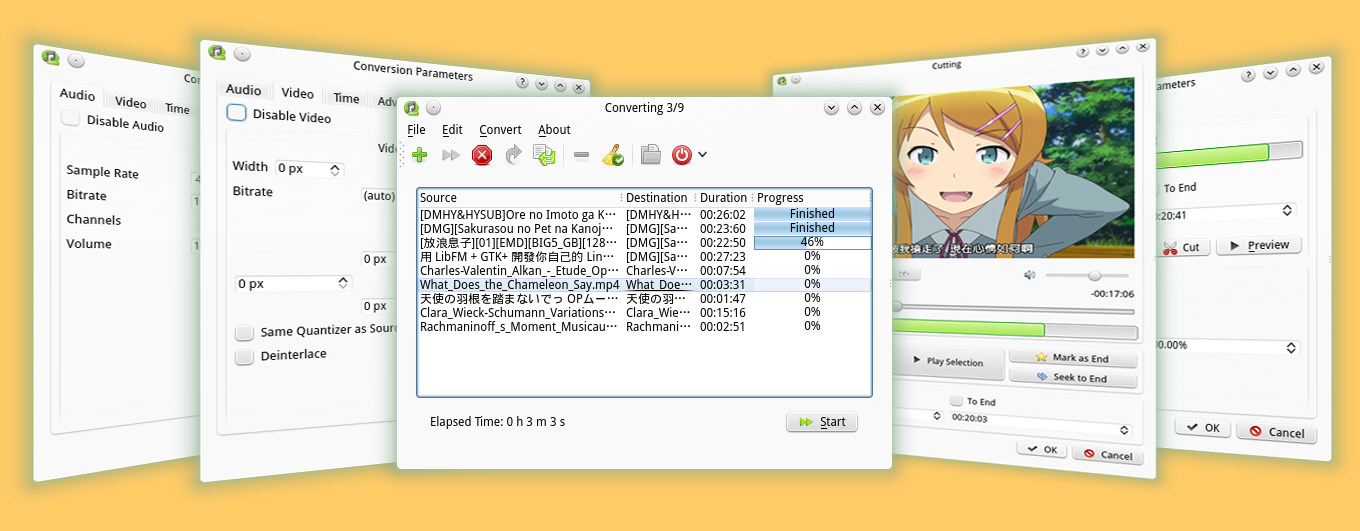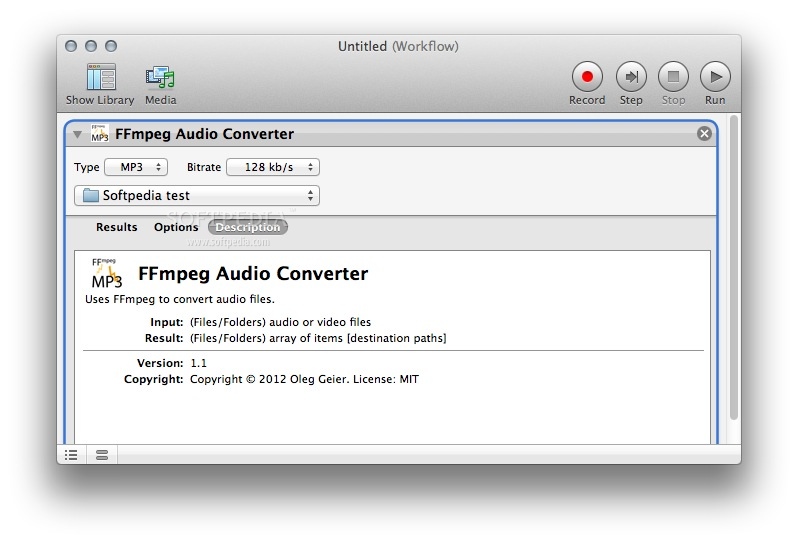

In each loop, the folder of the input file is found and the output file will be stored in the same directory but with different naming convention which is explained by the comments in the code. The loop processes each file with the subprocess.call command. Each line refers to the absolute path of a videos. txt file and stores each line as an item of a list called files_list. The videos.txt file is saved in the absolute path. Print('file %s saved' % file_path_output) Overall Code Description Print('processing file: %s' % file_path_input)

Raw_file_name = os.path.basename(file_name).split('.')įile_dir = os.path.dirname(file_path_input)įile_path_output = file_dir + '/' + raw_file_name + '.wav' # It already save the video file using the named defined by output_name.įor file_num, file_path_input in enumerate(files_list, start=1):įile_name = os.path.basename(file_path_input) # you may also want to remove whitespace characters like `\n` at the end of each lineįiles_list =

Textfile_path = 'absolute/path/to/videos.txt' The python script for processing videos is as below: import subprocess Audio Extraction from Videoįrom now on the assumption is that the. The installation guide can be found in FFMPEG WITH NVIDIA ACCELERATION ON UBUNTU LINUXdocumentation provided by NVIDIA. The assumption of this tutorial is that the FFmpeg is already installed with NVENC support. Please refer to this documentation for further details. The trivial method os its usage will be explained in this tutorial. This module is employed for execution and dealing with external commands, intended to supersede the os.sys module. This can be done using subprocess P ython module. Instead, the python interface is being used to run commands in the terminal. In this tutorial, we do not use the terminal commands directly for employing the FFmpeg with NVENC support. In this tutorial, the main goal is to show how to extract audio from video with GPU-accelerated libraries in Linux. Moreover, the NVENC programming guide can be found here. documentation on NVENC can be found here. The full documentation of FFmpeg integrated with NVIDIA can be found at here.

In order to be able to utilize this GPU-accelerated encoder, FFmpeg must be installed with NVENC support. The latest NVIDIA GPUs contains a hardware-based video encoder called NVENC which is much faster than traditional ones. In order to encode the video, certainly, a video encoder must be used. IntroductionįFmpeg is one of the most famous multimedia frameworks which is widely used for processing videos. For similar posts about video processing, please refer to Resizing a video is unbelievably fast by GPU acceleration and GPU-based video rotation FFmpeg. The full code is available in this GitHub repository. This tutorial deals with audio extraction from video using GPU accelerated libraries supported by FFMPEG in Ubuntu.


 0 kommentar(er)
0 kommentar(er)
